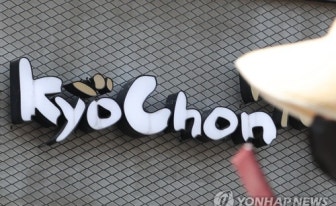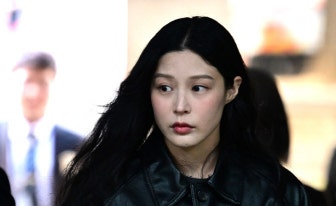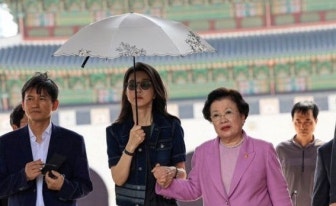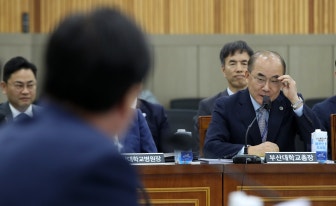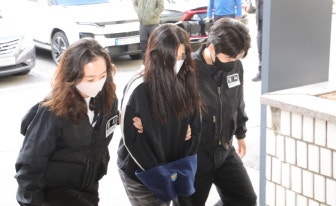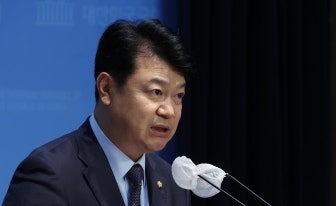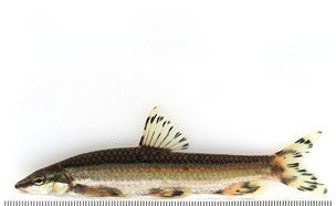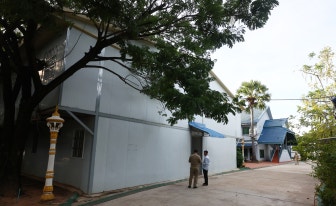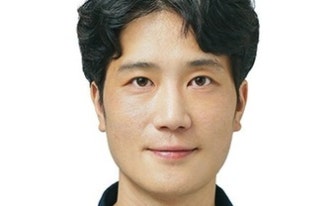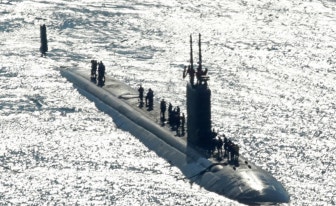While several familiar Korean universities are represented in world university rankings by Times Higher Education (THE) and Quacquarelli Symonds (QS), there are some differences between the lists that highlight each ranking’s unique methodology.
THE released its 2026 World University Rankings on Oct. 9 and QS released its World University Rankings in June, featuring several Korean universities on their list. While the names at the top may be similar, the two rankings aren't exactly the same as one goes down the list.
Seoul National University takes the lead among Korean institutions for both rankings, placing 58th for THE and 38th for the QS.
For THE, KAIST then follows at 70th, Yonsei University at 86th, Sungkyunkwan University at 87th, Pohang University of Science and Technology (Postech) at 141st and Korea University at 156th.
QS’s results tell quite a different story, with Yonsei University still second place among Korean universities but up to 50th, Korea University next at 61st, Postech at 102nd, Sungkyunkwan University at 126th and Hanyang University at 159th. While KAIST also traditionally places high — 53rd on the 2025 QS World University Rankings and the second-highest Korean university — it was excluded from this year's QS ranking due to a breach in survey guidelines.
While the order may be very different, it's not that one university performed worse, or that either ranking is biased — they're simply based on different factors.
Different weightings
Looking at the overall methodology, the two rankings share similarities as they both look into areas like learning environment, research and how international the university is.
The 2026 QS World University Ranking uses 10 indicators, which are: academic reputation, citations per faculty, employer reputation, employment outcomes, international faculty ratio, international research network, international student diversity, international student ratio, faculty student ratio and sustainability. THE ranks universities based on five pillars: teaching, research environment, research quality, industry and international outlook.
But how much weight each criteria is given is different, with THE giving more weight to research reputation while QS gives more weight to the institution's academic reputation and employability.
For THE World University Rankings, research reputation is its highest-weighted indicator with a 18 percent weight. Teaching reputation and citation impact then follows, each given a 15 percent weight.
The teaching and research reputation is assessed by responses THE collects through its annual Academic Reputation Survey. The survey asks over 55,000 academics about which institution is best for research and teaching.
In the QS World University Rankings, academic reputation is the highest-weighted indicator at 30 percent. While citations per faculty follows with a weight of 20 percent, employer reputation comes next with at 15 percent.
Like THE, the two indicators about reputation are based on surveys conducted by QS, sent to academics and employers and asking them about which institutions demonstrate academic excellence, or which they would choose to recruit from.
Unique criteria
Apart from weighting differences, each ranking also includes unique criteria that contribute to differing results.
QS includes sustainability, which is given 5 percent weight, to measure universities’ environmental and social impact.
Similar to the overall QS ranking, Seoul National University has the highest sustainability score among Korean universities with 90.8 points. It is then followed by Yonsei University with 87.7 points.
Korea University, which places higher on the QS ranking than THE's, comes in third with 85.9 points, while Postech fell to the thirteenth-highest Korean institution with 64.3 points and Sungkyunkwan placed sixth with 74.7 points.
While both rankings look into the proportion of international students — international student ratio for QS and international students for THE — QS also looks into the diversity of nationalities through the international student diversity indicator.
Although this is currently given no weight in the world university rankings, it can be a factor that places Korean universities with a diverse student body higher on QS's future rankings.
THE World University Rankings also has criteria that's unique to the rankings.
The doctorate-to-bachelor’s ratio, given 2 percent weight, and the doctorates-awarded-to-academic-staff ratio, given 5.5 percent weight, only exist for THE's. Income related indicators like institutional income, given 2.5 percent weight, and research income, given 5.5 percent weight, are also unique to THE.
A study abroad metric, which evaluates international learning opportunities for domestic students, is an indicator that can also only be seen in THE's rankings. Relevant data is currently being collected by THE, but it is not given any weight yet in current rankings, though it may affect future rankings.
What ranking should students consider?
Both the QS and THE World University Rankings are some of the key rankings used by students, parents and even by governments when assessing those applying for certain work visas.
But choosing which ranking to trust depends on what the student values, with THE's rankings focused more on research and including indicators like the doctorate-to-bachelor’s ratio that can be important to those wanting to pursue graduate studies. QS's emphasis on employer reputation may be valuable for those thinking of getting a job right after graduation.
Universities specializing in certain fields also don't tend to perform as well in the world rankings, such as language study-focused Hankuk University of Foreign Studies (HUFS), which placed 680th for the 2026 QS World University Rankings. Hongik University, well-known for its arts programs, was given a 1401+ rank, meaning it was ranked below the top 1400 universities globally.
While both weren't given the highest overall placements, another way to find a university that is best for specific academic disciplines is in the subject rankings.
In the 2025 QS World University Rankings by Subject, QS's most recent subject ranking, Hongik University was ranked as the third-highest Korean university for the Art & Design category at 44th. KAIST came first at 28th, followed by Seoul National University at 34th.
In the Linguistics category, the familiar trio of Seoul National University, Korea University and Yonsei University once again led as the top three Korean institutions. However, HUFS followed as the fourth-highest Korean university at 44th.
![Seoul National University graduates line up to go up to the stage during their graduation ceremony on Aug. 28. [NEWS1]](https://imgnews.pstatic.net/image/640/2025/10/14/0000078160_001_20251014181512487.jpg?type=w860)























